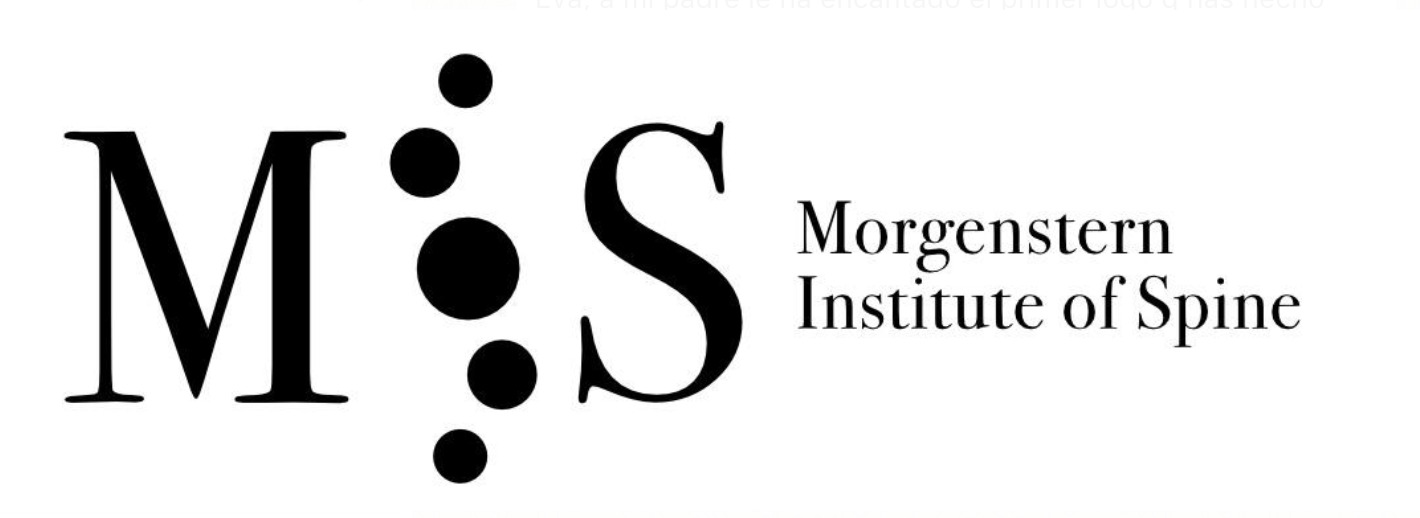Endoscopic decompression
Indications for endoscopic decompression
In cases of narrow canals (central spinal canal stenosis), bone and/or soft tissues such as the yellow ligament may compress the spinal cord to a point where nerves are unable to transmit signals to the lower extremities.
Typical symptoms of this pathology usually appear after walking short distances (50 – 150 meters) in the form of intense pain in one or both legs. This pain is known as intermittent claudication , also known as “vascular claudication”. To relieve pain in the legs, patients usually sit or lean forward by flexing their back.

Endoscopic decompression by interlaminar route allows an immediate recovery and discharge the day after the intervention. This surgery is indicated in cases of neurogenic claudication due to central stenosis of the lumbar canal and sciatic pain due to unilateral compression of the intervertebral recess.
The pain usually subsides in less than 24 hours after endoscopic decompression.
Clinical Case – Endoscopic decompression of a 76 years old patient
She underwent an endoscopic decompression in our center in the morning, 4 hours after surgery the patient was already walking and was discharged from the hospital in the same evening. In this video you can see the patient walking a few hours after surgery. This is a true out-patient spine surgery that does not require the patient to spend even one night in the hospital!
Images of the endoscopic decompression surgery



Ventajas de la descompresión endoscópica
“Spinal decompression is a classical surgical technique used in cases of central spinal stenosis. The spinal canal (bone and soft tissue like i.e. ligaments) is decompressed to release the spinal cord and nerves that are being compressed by hypertrophic (over-grown) bone structures or soft tissues, such as the yellow ligament, cysts, etc. However, classic open decompression or microscopic decompression techniques usually are quite invasive as they require an extensive removal of bone and soft tissues, which can result in an instability of the operated level. Plenty of bleeding of the removed structures can difficult the surgeon visualizing the surgical field which can result in injuries of nerves.”

Thanks to advances in surgical technology, decompression can now be performed endoscopically for central canal stenosis through the interlaminar (bone) window of the affected level. This novel technique allows the removal of bone structures and soft tissues that compress the nerves through a skin incision of only 1 cm long length..

The endoscopic decompression system has an incorporated camera in the endoscope that allows an excellent visualization of the nervous structures of the lumbar spine. The surgeon can perfectly distinguish all tissues in the spinal canal, decreasing the invasiveness of the technique and the likelihood of an injury.

